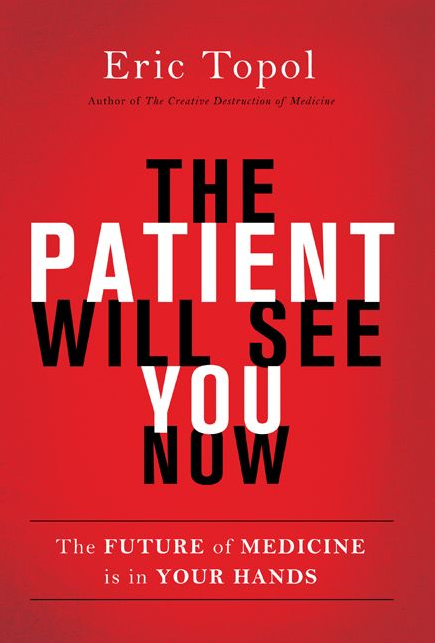From J D Faccinetti – cofounder. It is fun to think about complicated subjects particularly when those subjects include technology, medicine, and the mobile internet. As you ponder about change and what it means, it’s interesting to think about the unprecedented oversight we could potentially have over our healthcare. Just think about what the smartphone already can do: from getting test results fast, to monitoring your vital signs, to how much – or little – you move, to how you sleep, to using algorithms and big data to digitize and make available massive, open diagnostic tools to aid physicians. Not to mention the fact that you can use your smartphone to read PWN articles and listen to podcasts. I can think of a great example in acromegaly early diagnosis. For example, using computer facial recognition that recognizes unusual changes in facial characteristics could potentially prompt a physician to automatically order an IGF-1 test. Imagine how many more people we could catch early!
But beyond the practical applications, it’s fascinating to think about, and shape what might come: how trends are formed, how new thinking and innovation happen, and the tipping points that can result in making life substantially better for a wide number of people. This is particularly important for those of us dealing with and managing the effects of chronic disease.
Eric Topol M.D. fascinating survey of technology and the digital future of medicine, looks at how the technology, now at our fingers tips, can change the way we interact with our healthcare providers. Dr. Topol’s book “The Patient Will See You Now, The Future of Medicine is in Your Hands” outlines the potential that today’s technology and gadgets have to empower people to take active roles in their disease.
In one of the more interesting chapters of the book “My (Smartphone) Doctor”, Topol talks about physicians incorporating the microcomputer, “…to decompress their dispensable duties, transferring responsibility for generating data, surveillance, and much of disease management to patients”, he writes. Later in the passage, he mentions what he calls a “Digital Quotient” and real digital intelligence in medicine. Here, he poses 5 questions for newly graduating physicians to assess their “DQ”. He writes:
“Can you see every patient as an individual – learn everything possible about what makes them tick with our new digital tools of sequencing, sensors and imaging?
Are you going to advocate patient-generated data so each of your patients is using his or her smartphone or tablet to capture essential data, relevant to his or her medical condition?
Will you be fully supportive of activating your patients, getting them maximally engaged in the new form of consumer-driven data health care that is just starting to take hold?
Will you share all your notes with your patients, and treat them with the utmost respect as a partner for whom you will be giving advice, counsel, and most importantly providing exquisite communication, empathy and compassion?
Will you keep up with all the new information, such as following trusted medical sources on Twitter? And challenge existing dogma and guidelines when it comes down to the unique patient in front of you? “
The New York Times book review says “There’s no doubt the path forward will be complicated: the medical establishment will resist these changes, and digitized medicine inevitably raises serious issues surrounding privacy. Nevertheless, the result – better, cheaper, and more human healthcare – will be worth it. Provocative and engrossing, The Patient Will See You Now is essential reading for anyone who thinks they deserve better health care. That is, for all of us.”
I am happy to say my PWN cofounding partner Dr. Lewis Blevins is a big proponent of technology, new thinking, innovation and treating patients as individuals. Browse through PWN and listen to Dr. Blevins’ podcasts.
My take? This book makes you think about what might be. How things could change for the better and makes you imagine scenarios and possibilities where real positive steps can be taken, with or without technology, to improve people’s quality of life.
Give it a read!
© 2017, Pituitary World News. All rights reserved.
